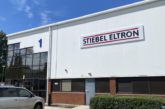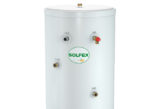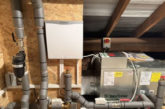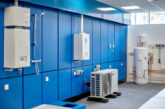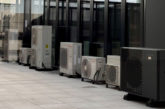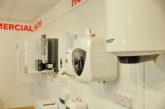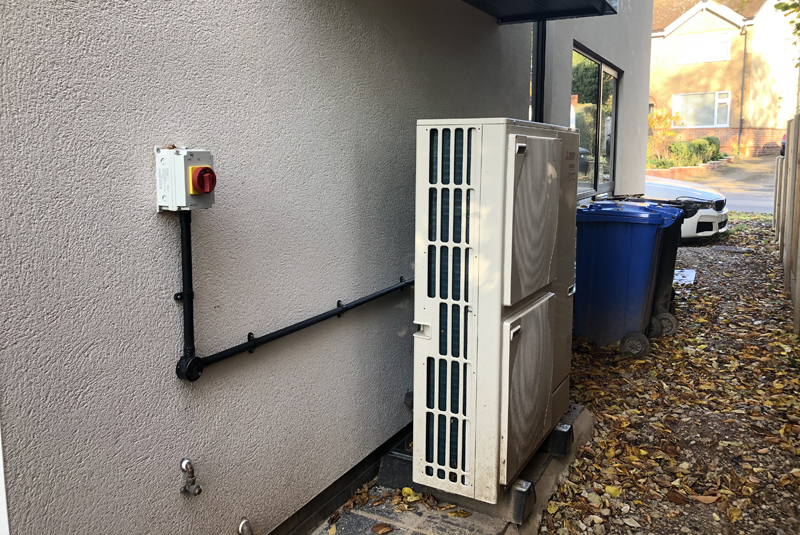
With the heat pump market set for growth, HIES is advising that installers should have an efficient way to resolve complaints or disputes.
With much talk of how the heating sector can play its part in reducing the nation’s carbon emissions, it is likely that the already growing heat pump market could be set to expand rapidly.
However, as the sector grows installers should prepare for the potential problems that are often witnessed when a market undergoes rapid expansion. Poor specification, issues over installation, users not being advised properly on the correct usage and energy savings not being realised are just a few of the teething troubles that can be expected. And, with installation costs for ground source heat pumps running into thousands of pounds, it is possible that the sums involved will be large.
An effective Alternative Dispute Resolution (ADR) scheme can help to handle such problems, when consumer complaints or issues can’t be resolved directly. ADR services are included as part of the HIES Scheme (The Home Insulation and Energy Systems Quality Assured Contractors Scheme) which both members and consumers can access.
Proactive method
Far from being a last resort, Alternative Dispute Resolution can be employed as a proactive method to prevent matters escalating too far when issues can’t be resolved directly with the customer.
The benefits for installers of using an effective and impartial ADR scheme can include not only savings on time, resource and cost, but also it can help avoid damages to reputation given the rise of online reviews and publicity around complaints.
A long, drawn out dispute can prove very costly in all aspects. Using dispute resolution early on is a proactive method to prevent matters escalating too far, avoiding lengthy court cases and spiralling legal fees.
“We have the ability and in-depth technical expertise to understand situations from both sides,” says Charlotte Pilkington, QASSS Dispute Resolution Manager. “We have the knowledge and experience to be able to help customers and installers to compromise on a fair outcome.”
Recent figures show the benefits of using ADR to reach a fair and speedy resolution. From July to September 2019, QASSS (QA Scheme Support Services), which operates the HIES scheme, had an average resolution time of just 3.59 days, as compared to the UK average ADR resolution time of 80 days. Further, 98.4% of complaints were resolved without need for referral to the Ombudsman.
Charlotte concludes: “We provide a reasonable and fair resolution to help resolve the dispute in full and reach a settlement agreement allowing both parties to move forward.”
Key considerations
Peter Chalmers, Managing Director Greener Energy Group Limited, a HIES member, runs through some of the key points to consider when installing heat pumps.
“When it comes to installing heat pumps, the initial design process has to allow for a suitable external location so it’s not subject to any adverse weather conditions, debris, or have any effect on external living areas and, where possible, a location that will absorb as much ambient temperate as possible.
“Consideration also needs to be given to the space within the property, allowing the allocation of space to install components such as a buffer vessel or low loss header.
“Flow and return pipework also have to enter from the outside, through what are often challenging routes. With the heating flow temperature being generated from the external air, temperatures are lower than conventional fossil fuelled heating systems.
“In order to deliver the design temperatures within the property, radiators are sized at a lower Delta T, meaning a larger surface area. Hot water cylinders are ‘high gain’ having a much larger internal heating coil. Existing radiator circuits will generally need to be stripped out and replaced due to the flow rates required.”
“Electrical installation carries considerable importance, with a dedicated supply required from the distribution board, including single phase metering allowing the end user to monitor performance.
“System commissioning can be in-depth, with parameters required for heating flow temperature, hot water flow temperature and weather compensation climatic curve, to name a few. Water circuits require a concentration of heat transfer fluid to be added at the final system fill.
“The handover of installation to customers also has particular importance as there will generally be a number of control systems/thermostats present which the end user will need to understand over the lifespan of the equipment.”


